
NEW DELHI (PTI): The defence ministry said it has intensified the drive for indigenisation of defence items being carried out by state-run manufacturers.
It said the progress of the indigenisation process by the defence public sector undertakings (DPSUs) is being reviewed on weekly basis by Defence Secretary Ajay Kumar.
The ministry on Wednesday said a comprehensive user-friendly 'dashboard' on the SRIJAN portal has been developed to monitor the status of progress of the indigenisation process.
"This dashboard enables real-time end-to-end updates of various activities being taken up by the respective DPSUs during the process of indigenisation," the ministry said in a statement.
"It provides transparent information, analytics and various customised reports to assess the performance of the DPSUs," it said.
The ministry said relevant information like details of items to be indigenised, tentative order quantity, concerned DPSU, route of indigenisation to be adopted, details of in-charge nodal officer, requests for proposal and project sanction order have been kept in public domain to make it accessible to the industry.
"The dashboard will be accessible by industry shortly. The industry partners can view the details on the dashboard and avail opportunity as per their capabilities in order to become partners in 'Aatmanirbhar Bharat'," the ministry said.
In a major push towards defence indigenisation, Defence Minister Rajnath Singh last month unveil the third list of over 100 military systems and weapons that will be put under import restrictions under a staggered timeline of over three-and-half years.
The defence ministry said orders worth more than Rs 2,10,000 crore are likely to be placed on the Indian industry in the next five years as part of the items covered in the third list.
The first "positive indigenisation" list of 101 items that included towed artillery guns, short-range surface-to-air missiles, cruise missiles and offshore patrol vessels was issued in August 2020.
In May last year, the government approved restrictions on the import of an additional 108 military weapons and systems such as next-generation corvettes, airborne early warning systems, tank engines and radars under a staggered timeline of four-and-half years.
In the last few years, the government has taken a series of measures to promote domestic defence production.
India is one of the largest importers of arms globally. According to estimates, the Indian armed forces are projected to spend around USD 130 billion (one billion is equal to 100 crores) in capital procurement in the next five years.
The government now wants to reduce dependence on imported military platforms and has decided to support domestic defence manufacturing.
The Defence Ministry has set a goal of a turnover of USD 25 billion (Rs 1.75 lakh crore) in defence manufacturing in the next five years that including an export target of USD 5 billion (Rs 35,000 crore) worth of military hardware.
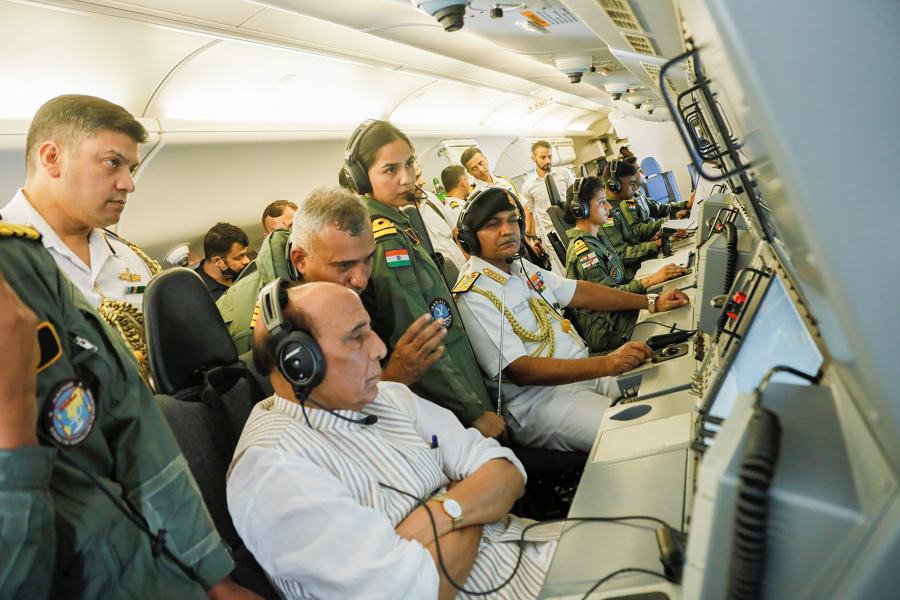 Previous Article
Previous Article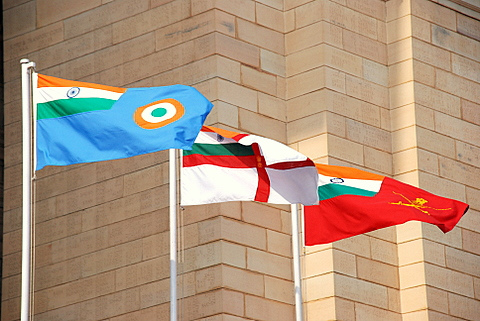 Next Article
Next Article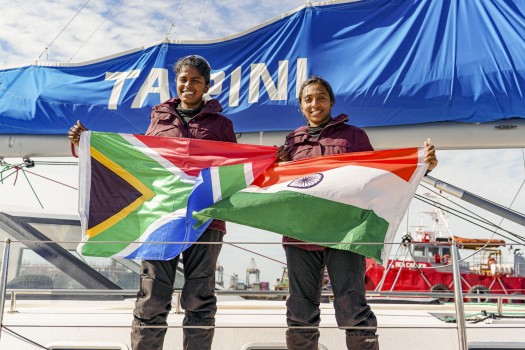
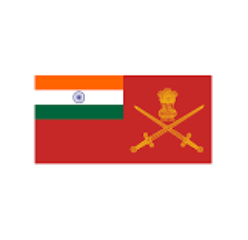
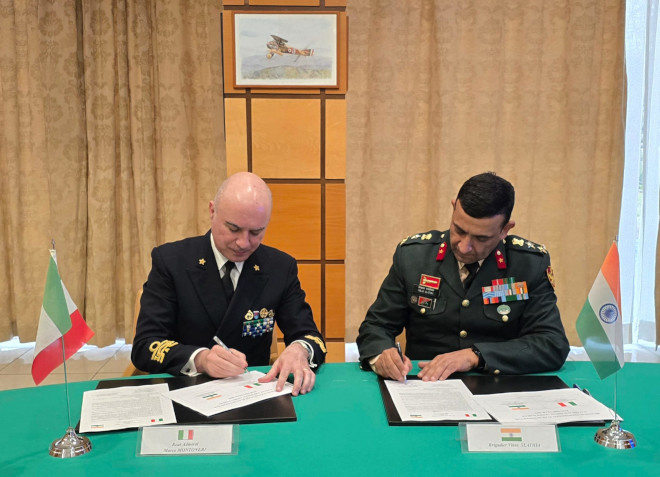
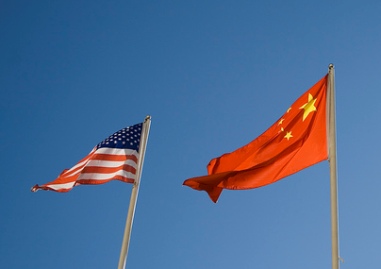










The Indian Air Force, in its flight trials evaluation report submitted before the Defence Ministry l..
view articleAn insight into the Medium Multi-Role Combat Aircraft competition...
view articleSky enthusiasts can now spot the International Space Station (ISS) commanded by Indian-American astr..
view article